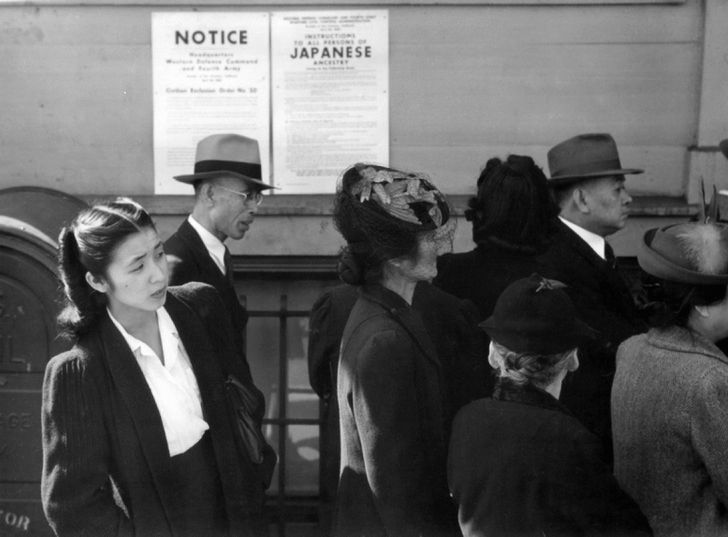Life insurance products are among the ideal way for one to stay prepared for life’s uncertainties. The emotional loss caused by someone’s demise cannot be compensated, but with adequate life insurance coverage, it is at least possible to ensure that your loved ones’ financial needs will be well taken care of if the worst was to happen.
Though the overall concept of how life insurance works is quite simple, today, several types of life insurance products are available in the market with different features, coverage, and benefits. Term insurance and Unit Linked Insurance Plans (ULIPs) are among the most popular types of life insurance but are extremely different in terms of what they cover and offer.
Term Insurance Plan
This is a common type of life insurance plan that is preferred by many. Term insurance is fundamental for anyone who contributes to the household income as it helps ensure the financial security of your loved ones if something was to happen to the earning members of the family. The life cover provided by this kind of plan is valid for a specified period, which is known as the policy term, which should be decided based on one’s remaining working years, the duration of their longest debt, or the longest financial goal they have in life. Many insurers offer term plans with a life cover of up to 100 years of age.
These types of life insurance plans are pure life cover which means that they do not include any investment components. Additionally, with regular term plans, if the insured survives the policy term, they do not get any maturity benefits. Some term plans also come with a Return of Premium (ROP) feature. This means that a policyholder can get the premiums they paid during the tenure for the term plan returned to them at the time of maturity, given that the insured survives the policy term and that all premiums were timely paid.
Unit Linked Insurance Plans (ULIPs)
ULIPs are life insurance products that combine the protection of a life cover along with investment opportunities in select market-linked funds. In a ULIP, the premiums paid by the insured can be invested in market-linked funds, like debt funds, equity funds, or a combination of both. Policyholders can choose the types of funds based on their risk appetite at the time of purchasing the plan and they can also switch the funds they invest in as and when required. Apart from the maturity benefits offered at the completion of the policy term (minimum 5-year lock-in period), the plan also offers death benefits to the nominees in case of the policyholder’s demise during the policy term, given that all due premiums have been paid.
Differences between Term Plans and ULIPs
Feature | Term Plans | ULIPs |
Coverage | Pure Protection Plan | Investment Opportunities + Life Cover |
How the Plan Works | Beneficiaries/Nominee receives a death benefit upon demise of the policyholder | Along with death benefit, there is maturity benefit too that is paid, basis the plan type. |
Benefits | Offers only death benefits. With an ROP cover, the policyholder can get the premiums they paid returned to them on the maturity of the policy. | Offers wealth creation opportunity along with life cover. Returns depend on the types of investments made and market performance. |
Claims | Sum assured paid to nominees in case of the demise of the insured during the policy term. | Apart from death benefits in case of the insured’s demise, investments made under the plan can also yield returns, based on market conditions. |
Lock-In | No minimum lock-in period as the plan involves life cover Premiums have to be paid for the chosen term. | A minimum 5-year lock-in period. |
Tax Benefits | Premiums paid for an amount of up to INR 1.5 lakh per annum can be claimed as deductions under Section 80C of the Income Tax Act, 1961 | Apart from the deductions under Section 80C of the Income Tax Act, 1961, ULIPs are now also subject to the long-term capital gains (LTCG) tax at 10% as all equity-oriented investments. However, the death benefit due to the policyholder's untimely demise (during the policy term) is tax-free u/s 10(10D) of the Income Tax Act. |
Cost | These are among the most reasonably priced life insurance products | The premiums for ULIPs are higher as compared to term plans |
Policy Term | Term plans should be purchased as early as possible in life and the policy term should be chosen for a duration that covers at least the years for which your family will be financially dependent on you | ULIPs are best suited for long-term investments (10- and 15-year policy terms being the most common options for potentially high returns) |
Risk | Involving no investment component, term plans offer the most risk-free way of securing your family’s financial future | These plans come with diverse investment options that you can choose from based on your risk appetite and are a great option for people new to market investments |
These two types of life insurance have been designed to serve two significantly different purposes. For people who want to ensure adequate financial support for their family for the future, term insurance lets you avail high sum assured with affordable premiums. On the other hand, if your goal is wealth building, a ULIP will be more to your liking. Choosing the right policy from among these two life insurance products should be done based on your current financial situation, investments, liabilities and debts, and financial goals.












